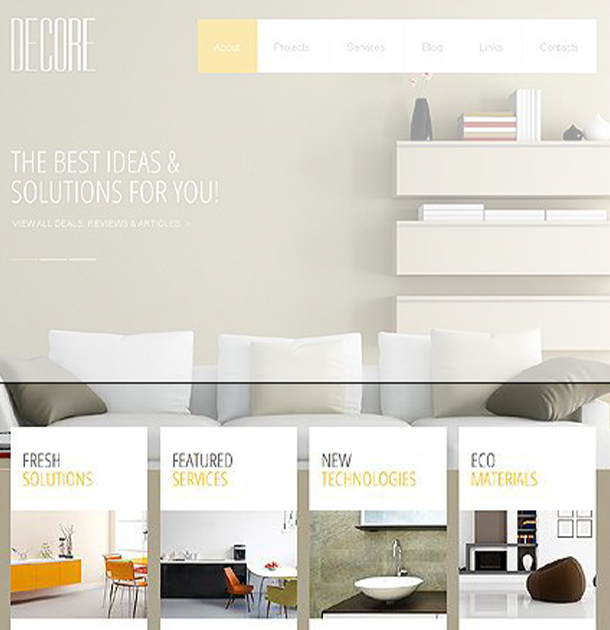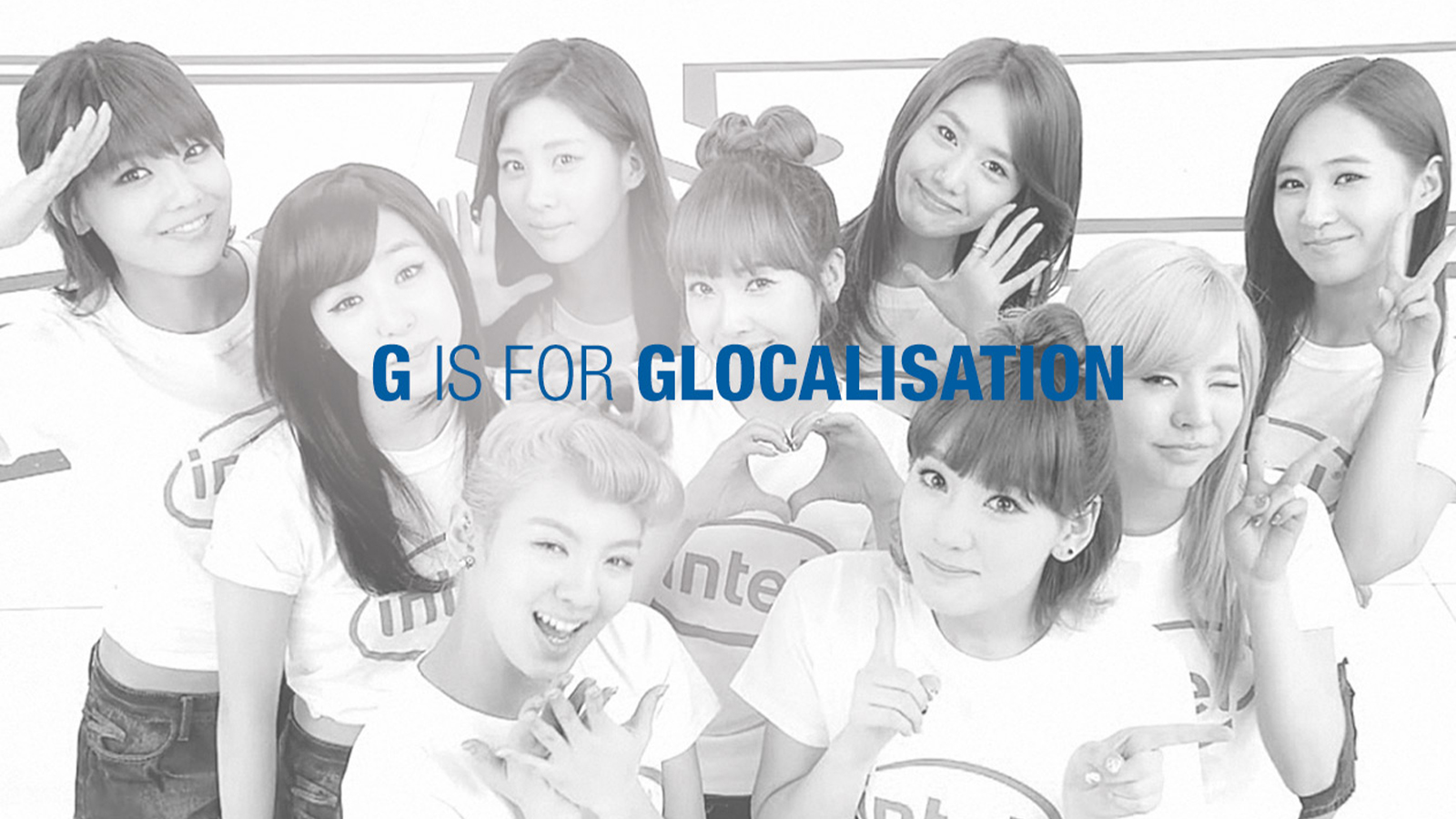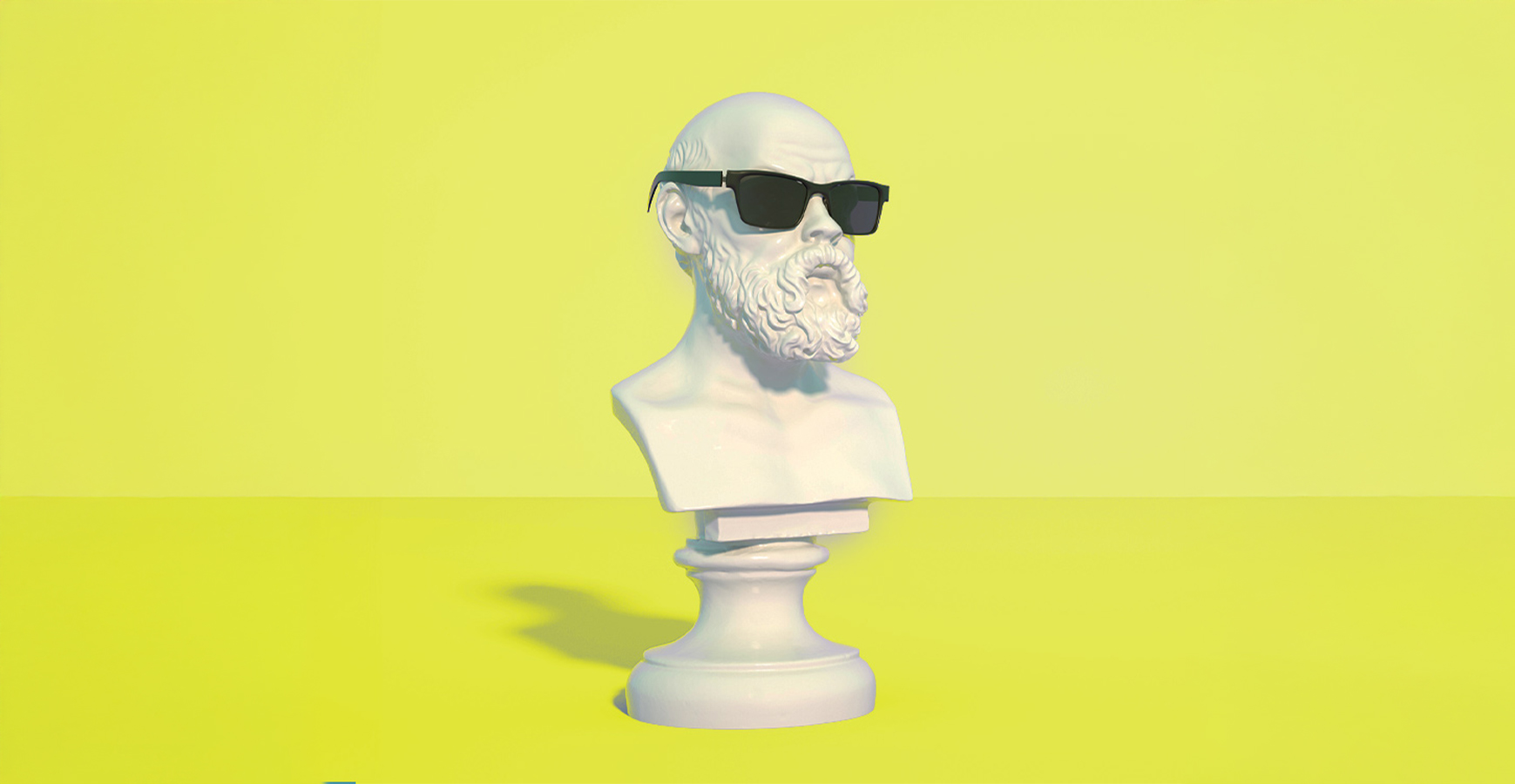Gestalt psychology was founded in 1910 by three German psychologists, Max Wertheimer, Kurt Koffka and Wolfgang Köhler.
“The central principle of gestalt psychology is that the mind forms a global whole with self-organizing tendencies. This principle maintains that the human mind considers objects in their entirety before, or in parallel with, perception of their individual parts; suggesting the whole is other than the sum of its parts. Gestalt psychology tries to understand the laws of our ability to acquire and maintain meaningful perceptions in an apparently chaotic world.” This is particularly relevant to the disciplines of design and advertising as it is among a set of basic principles and theories which govern how we begin to influence behaviour using visual communication. The Gestalt principles themselves are known as Similarity, Figure Ground Relationship, Law of Prägnanz, Uniform Connectedness, Good Continuation, Closure, Common Fate and, finally, Proximity.You’ll notice these have impressive names, however most of these principles are quite common-sense principles, when explained, as we all experience them in an almost constant manner.
They also verge on becoming variations of each other and are closely related. This is to be expected as they all refer to relationships. Human perception is all about relationships; how things are similar or dissimilar, how they contrast or blend with one another, and how arrangements of things suggest hierarchies and are affected by context.
For Designers and Art Directors, this pretty much sums up what the academic side of role is concerned with. For everyone else, it is extremely useful to understand these principles so you can appraise whey one piece of material may be preferable to another in terms of its communicative goal.
As such I will try to break up these principles over a couple of articles, beginning here.
“Elements that share similar characteristics are perceived as more related than elements that don’t share those characteristics.”
The principle of similarity states that things which share visual characteristics such as shape, size, color, texture, value or orientation will be seen as belonging together.Similarity occurs when objects look similar to one another. People often perceive them as a group or pattern.
The example below shows that the 4 blocked elements have an equal heirarchy in the page and therefore to the consumer. The group (containing 4 separate elements) appears to communicate as as single unit because all of the shapes and organisation therin have similarity.
In addition, when similarity occurs, an object can be emphasised if it is in some way dissimilar to the others. This is called anomally.
In this example, the first of the 4 blocks shows anomally by presenting the call-to-action in a different colour. This gives this element emphasis via anomally within the framework of similarity.

Matthew Gaukrodger
Graphic Designer
Final Thought:
The Gestalt law of similarity shows that our brains naturally group together elements that share characteristics, whether in shape, colour, size, orientation or texture. In a B2B marketing context, this principle becomes a powerful tool: by creating visual consistency across your website, content or campaigns, you help buyers instantly understand what belongs together, navigation links, related services, thematic content. This intuitive grouping reduces cognitive load, guides attention and accelerates decision-making. When similarity is applied with purpose, your visual system works smarter, not harder, to build clarity and cohesion. Ready to bring smarter design to your brand’s digital presence? At Upp B2B, we explore how perceptual psychology meets design, helping brands align visuals and messaging to guide prospects intuitively through their journey. If you’d like to see how applying similarity and other Gestalt principles can support clarity, usability and conversion in your touchpoints, we’d be delighted to talk. Reach out for an informal chat at hello@uppb2b.co.uk.


